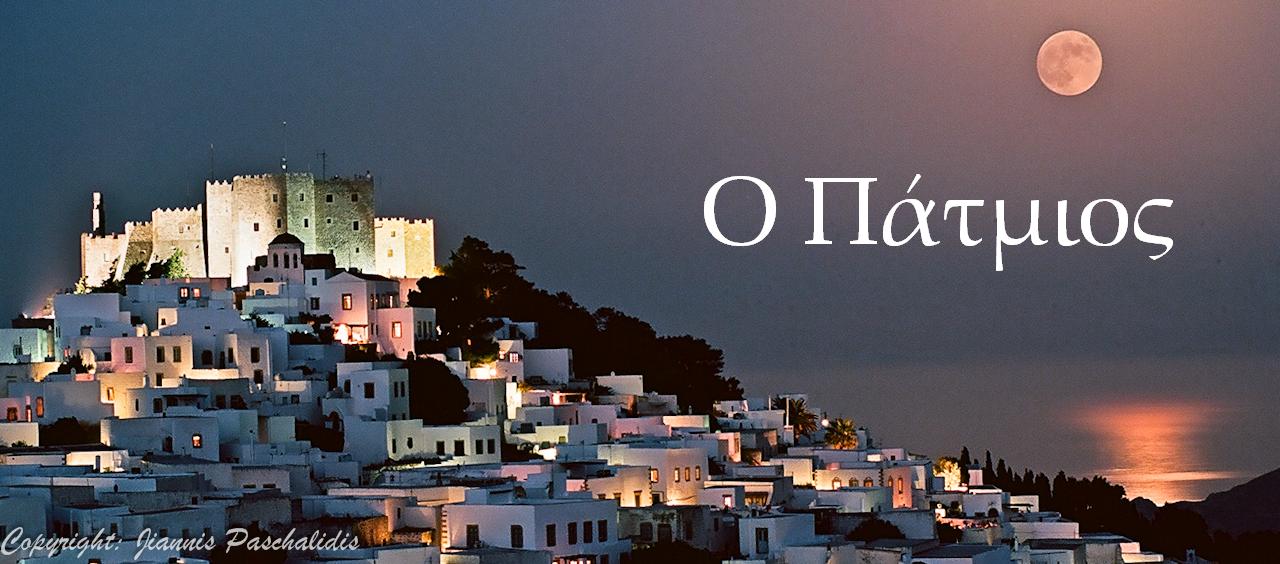Η Ιερά Μονή Νεάμτς
Το μοναστήρι του Νεάμτς πανηγυρίζει την εορτή της Αναλήψεως.
Θαυματουργικές εικόνες του είναι η εικόνα της «Παναγίας Λυδιάνκα» στο προσκυνητάρι. Ονομάζεται έτσι επειδή αποτελεί αντίγραφο εικόνας της Παναγίας που ήταν στη Λύδα, αλλά και γιατί στο πίσω μέρος της υπάρχει η εικόνα του Αγίου Γεωργίου, που καταγόταν από τη Λύδα. Είναι δώρο του βυζαντινού αυτοκράτορα Μανουήλ Παλαιολόγου στον ηγεμόνα της Ρουμανίας Αλέξανδρο τον Καλό(15ο αιώνα). Συνηθίζεται οι προσκυνητές του μοναστηρίου να περνούν κάτω από την εν λόγω εικόνα, όπως περνούμε εμείς τη Μεγάλη Παρασκευή κάτω από τον Επιτάφιο.
Διαβάστε περισσότερα στην ιστοσελίδα www.zoiforos.gr
***
THE MEAMTU MONASTERY
A Short HistoryThe Neamtu Monastery is situated about 16km from Targu Neamt. The Neamtu Monastery is the oldest and most important monastic community in Moldavia. Archeological digs conducted at the monastery in 1961-1962, showed that eremetic monastic life existed here as early as the 11th century. In the 14th century, the Moldavian ruler Petru I Musat (1375-1391) turned his attenion toward the members of this monastic community and built them, in place of their wooden church, a stone church having the Ascension as its patron feast. The bell tower was built at the beginning of the 15th century by the ruler Alexander the Good, while the present Church of the Ascension was built by the ruler St. Stephen the Great between 1495 and 1497, as documents and the dedication inscription above the entrance testify. The church built by Peter Musat had been destroyed by an earthquake in 1471.
This church is the largest and the most impressive of all those donated by Stephen the Great, and the most interesting and representative monument of 15th century moldavian architecture, in terms of design, interior structure, and the decoration of its facade.
The exterior decoration of the church is typical of the Moldavian style of that period, combining Byzantine elements (glazed brick) with Gothic (window and door frames, buttresses), adapted to the indigenous style.
The interior iconography belongs to two distinct periods: in the altar, nave and burial chamber it is from the epoch of St. Stephen the Great, while thet of the narthex and porch belongs to the time of Petru Rares (16 century). The entire iconography was carefully restored (including the bell tower and entry portal) in 1830.
At the present time, the iconography is undergoing another restoration with great care taken to be faithful to the iconography of the period of Stephen the Great.
The Neamtu Monastery is also an important artistic and cultural center. The Neamtu Monastery has been a monastic center, a school, and a cultural center, preoccupied its entire existence with stimulating learning, reading and writing.
A monastic seminary and a school of Church Music have fuctioned in the building of the present-day theological seminary.
Today the institution is called The Theological High School, and is named for the venerable, Metropolitan Veniamin Costache.
Source: www.zoiforos.gr

Δεν υπάρχουν σχόλια:
Δημοσίευση σχολίου